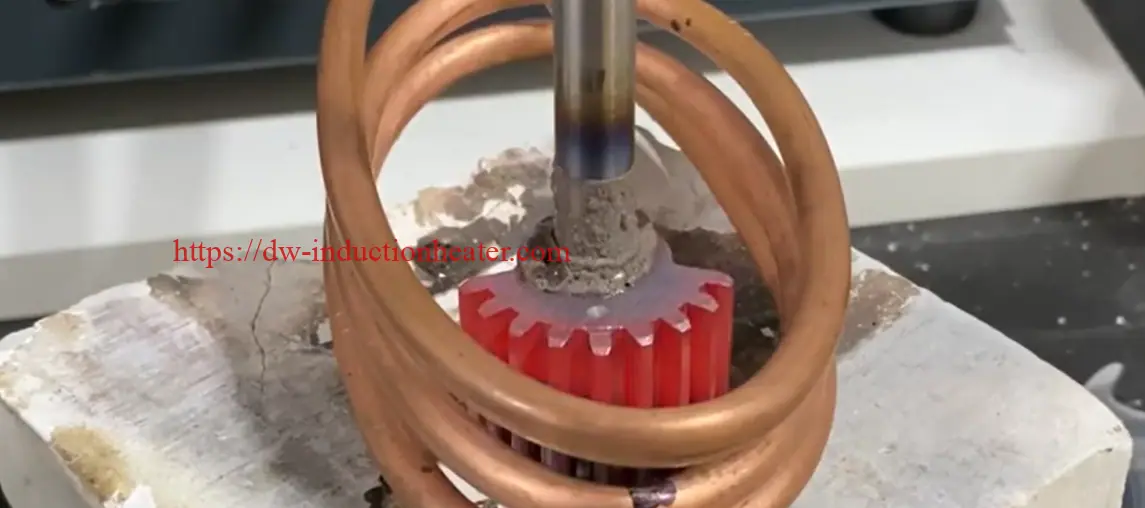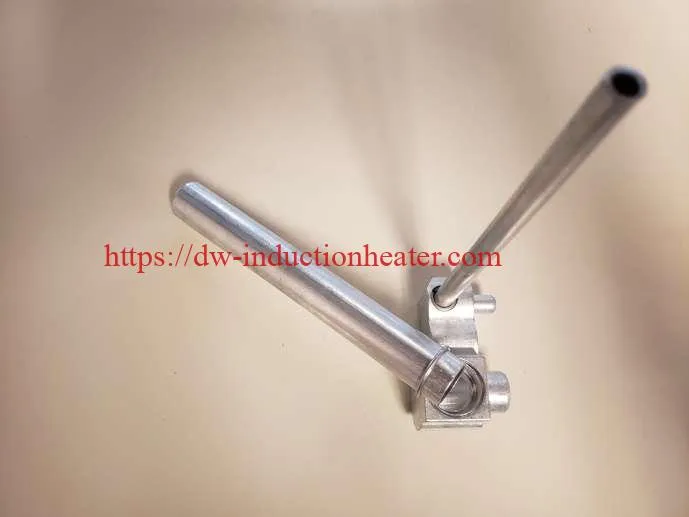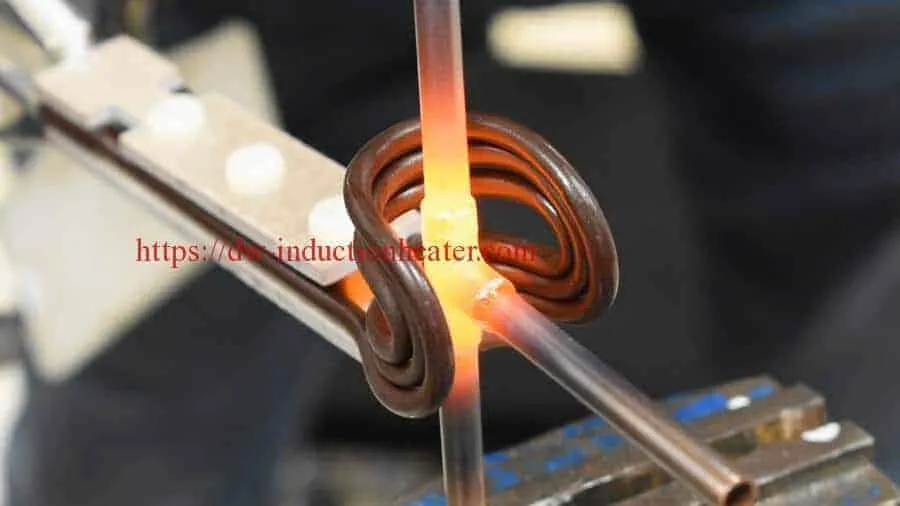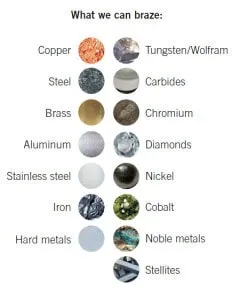|
Series
|
Model
|
Input power Max
|
Input current Max
|
Oscillate frequency
|
Input Voltage
|
Duty cycle
|
|
|
M
.
F
.
|
DW-MF-15 Induction Generator
|
15KW
|
23A
|
1K-20KHZ
According to the application |
3*380V
380V±20%
|
100%
|
|
|
DW-MF-25 Induction Generator
|
25KW
|
36A
|
|||||
|
DW-MF-35Induction Generator
|
35KW
|
51A
|
|||||
|
DW-MF-45 Induction Generator
|
45KW
|
68A
|
|||||
|
DW-MF-70 Induction Generator
|
70KW
|
105A
|
|||||
|
DW-MF-90 Induction Generator
|
90KW
|
135A
|
|||||
|
DW-MF-110 Induction Generator
|
110KW
|
170A
|
|||||
|
DW-MF-160 Induction Generator
|
160KW
|
240A
|
|||||
|
DW-MF-45 Induction Heating Rod Forging Furnace
|
45KW
|
68A
|
1K-20KHZ
|
3*380V
380V±20%
|
100%
|
||
|
DW-MF-70 Induction Heating Rod Forging Furnace
|
70KW
|
105A
|
|||||
|
DW-MF-90 Induction Heating Rod Forging Furnace
|
90KW
|
135A
|
|||||
|
DW-MF-110 Induction Heating Rod Forging Furnace
|
110KW
|
170A
|
|||||
|
DW-MF-160 Induction Heating Rod Forging Furnace
|
160KW
|
240A
|
|||||
|
DW-MF-15 Induction Melting Furnace
|
15KW
|
23A
|
1K-20KHZ
|
3*380V
380V±20%
|
100%
|
||
|
DW-MF-25 Induction Melting Furnace
|
25KW
|
36A
|
|||||
|
DW-MF-35 Induction Melting Furnace
|
35KW
|
51A
|
|||||
|
DW-MF-45 Induction Melting Furnace
|
45KW
|
68A
|
|||||
|
DW-MF-70 Induction Melting Furnace
|
70KW
|
105A
|
|||||
|
DW-MF-90 Induction Melting Furnace
|
90KW
|
135A
|
|||||
|
DW-MF-110 Induction Melting Furnace
|
110KW
|
170A
|
|||||
|
DW-MF-160 Induction Melting Furnace
|
160KW
|
240A
|
|||||
|
DW-MF-110 Induction Hardening Equipment
|
110KW
|
170A
|
1K-8KHZ
|
3*380V
380V±20%
|
100%
|
||
|
DW-MF-160Induction Hardening Equipment
|
160KW
|
240A
|
|||||
|
H
.
F
.
|
DW-HF-04 Series
|
DW-HF-4KW-A
|
4KVA
|
15A
|
100-250KHZ
|
Single phase 220V
|
80%
|
|
DW-HF-15 Series
|
DW-HF-15KW-A
DW-HF-15KW-B
|
15KVA
|
32A
|
30-100KHZ
|
Single phase 220V
|
80%
|
|
|
DW-HF-25 Series
|
DW-HF-25KW-A
DW-HF-25KW-B
|
25KVA
|
23A
|
20-80KHZ
|
3*380V
380V±10%
|
100%
|
|
|
DW-HF-35 Series
|
DW-HF-35KW-B
|
35KVA
|
51A
|
||||
|
DW-HF-45 Series
|
DW-HF-45KW-B
|
45KVA
|
68A
|
||||
|
DW-HF-60 Series
|
DW-HF-60KW-B
|
60KVA
|
105A
|
||||
|
DW-HF-80 Series
|
DW-HF-80KW-B
|
80KVA
|
130A
|
||||
|
DW-HF-90 Series
|
DW-HF-90KW-B
|
90KVA
|
160A
|
||||
|
DW-HF-120 Series
|
DW-HF-120KW-B
|
120KVA
|
200A
|
||||
|
U
.
H
.
F
.
|
DW-UHF-3.2KW
|
3.2KW
|
13A
|
1.1-2.0MHZ
|
Single phase220V
±10% |
100%
|
|
|
DW-UHF-4.5KW
|
4.5KW
|
20A
|
|||||
|
DW-UHF-045T
|
4.5KW
|
20A
|
|||||
|
DW-UHF-045L
|
4.5KW
|
20A
|
|||||
|
DW-UHF-6.0KW
|
6.0KW
|
28A
|
|||||
|
DW-UHF-06A
|
6.0KW
|
28A
|
|||||
|
DW-UHF-6KW-B
|
6.0KW
|
28A
|
|||||
|
DW-UHF-10KW
|
10KW
|
15A
|
100-500KHZ
|
3*380V
380V±10%
|
100%
|
||
|
DW-UHF-20KW
|
20KW
|
30A
|
50-250KHZ
|
||||
|
DW-UHF-30KW
|
30KW
|
45A
|
50-200KHZ
|
||||
|
DW-UHF-40KW
|
40KW
|
60A
|
50-200KHZ
|
||||
|
DW-UHF-60KW
|
60KW
|
90A
|
50-150KHZ
|
||||





